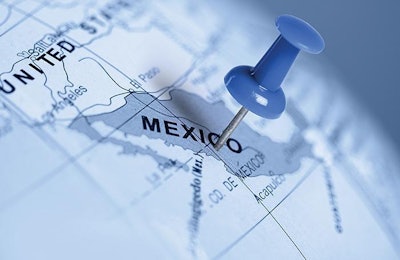
Mexico reported strong poultry production in 2022. With a preliminary total of 1.88 billion broilers produced and 170 million layers in production, the country saw a 2.6% increase in broiler production, year over year, and a 1.47% decrease in layer population. The latter was a reflection of avian flu impact.
Last week, during the ANECA convention (the National Poultry Specialists Association), one of the interesting discussion panels I attended was on Perspectives on Egg Production. Attending such a panel was a must, in a country with 392 eggs per capita consumption – the largest in the world.
It was interesting to hear that Mexico is self-sufficient in eggs. True – those 170 million layers produced 2.98 million metric tons (MT) of eggs in 2022, enough to cover the domestic needs. Imports are rare, mainly due to sporadic local needs. Imports of eggs from the U.S. in 2022 only represented 0.4% of Mexico’s production days.
In comparison, as per the Mexican Meat Council (Comecarne) in 2021, poultry meat imports come from the U.S., Brazil and Chile, with a total of 905,000 MT. This makes Mexico the second largest poultry meat importer in the world after Japan.
But, going back to the concept of egg self-sufficiency, is Mexico really self-sufficient? My questioning comes from the fact that back in the supply chain Mexico imported 67.7% of the corn needs and 27.5% of the soybean meal needs for feeds, layer feeds included, according to data from the Mexican Feed Council, Conafab 2021. So, in a way, there is dependence.
Self-sufficiency is such a nice, idyllic concept. I remember it from my times back in college, when the then government had the Sistema Alimentario Mexicano (SAM or Mexican Food System). “The Mexican Food System (SAM) was a public policy aimed at meeting the food needs of the population, as well as encouraging basic foods production and consumption in Mexico during the early 1980s," according to Revista Historia y Geografía. Was this ever achieved, back when we had around 70 million people (almost half of today’s population) and the same territory and resources?
In spite of this humble assessment, I must congratulate the Mexican egg producers for being such a strong source of animal protein for an impoverished population, for producing and pursuing the best in difficult times, including politics, high commodities prices and not to say the least, avian flu. Mexico stands first place in egg production in Latin America, fourth in the world and holds the largest egg per capita consumption. Keep up the good work!
















